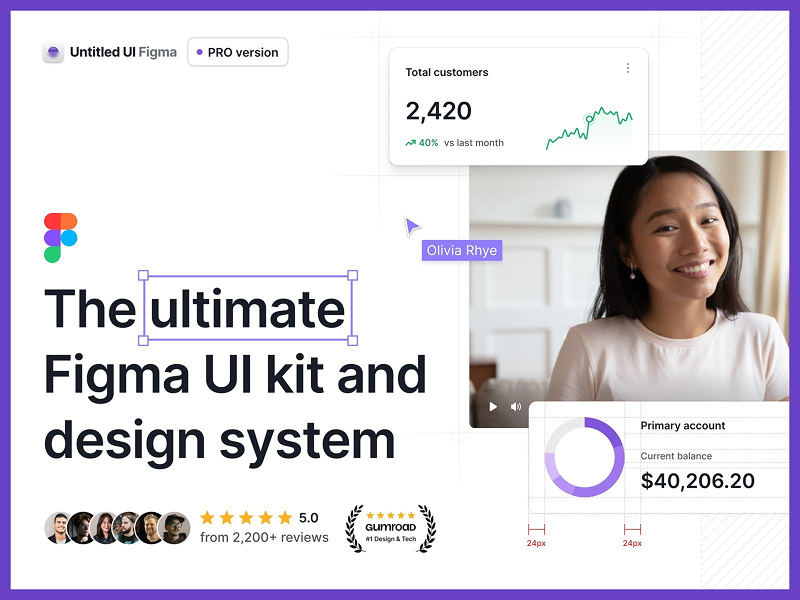Modern product teams juggle ideation, asset-sharing, and async feedback across time-zones. After digging through today’s crowded “infinite canvas” landscape, I narrowed the field to a dozen standout tools. Each bringing a different super-power to the table.
Below you’ll find a punchy rundown of what makes each one worth a spin, who it’s really for, and one watch-out so you don’t waste cycles installing the wrong app.
Collaboration & Whiteboard Tools to Try
1. Fabric – the AI vault for everything (Freemium)
Fabric stitches notes, files, links, and screenshots into a single, AI-searchable workspace—think “Spotlight for your entire project repo.”
Watch-out: The magic lives in its desktop app; the mobile experience is still pretty bare-bones.
2. FigJam – sticky-note chaos, minus the chaos (Free)
Figma’s FigJam drops cursor avatars, stamps, and ready-made diagram shapes onto a live board so product teams can riff in seconds.
Watch-out: Real-time only; if your crew works strictly async, threads get buried fast.
3. Notion – when your docs need a whiteboard (Freemium)
Drag any Notion page onto a shared board and remix it alongside tasks, databases, or code blocks—no context-switching required.
Watch-out: Heavy workspaces can feel sluggish once the canvas fills up.
4. Miro – the enterprise safe bet (Freemium)
With integrations from Zoom to Jira, Miro remains the “default” virtual whiteboard for distributed Fortune-500 teams.
Watch-out: You’ll pay real money once you exceed three editable boards.
5. Milanote – visual mood-boards for creatives (Freemium)
Milanote’s column layout lets designers pin images, text, and links into Pinterest-style storyboards without fighting grids.
Watch-out: Search and version-control are rudimentary compared to Notion or Miro.
6. Mural – facilitation power-tools plus AI (Paid)
Mural layers ready-made workshop templates and Microsoft Copilot hooks onto a whiteboard built for design sprints.
Watch-out: Solo makers will find the pricing high once the trial ends.
7. Canva Whiteboards – zero-learning-curve canvases (Free)
If you already build decks in Canva, its infinite board lets you drop the same templates, icons, and brand assets—and share via a single link.
Watch-out: No granular permissioning; it’s “edit” or “view” for everyone.
8. Fabrie – AI-native whiteboard + database (Beta)
Fabrie marries an infinite canvas with tables and GPT-4/Stable Diffusion boosters—generate mood-boards or spec tables on the fly.
Watch-out: Still in beta; expect occasional latency and feature churn.
9. Freeform (Apple) – frictionless if you live in Cupertino (Free)
On iOS, iPadOS, and macOS Ventura, Freeform syncs boards via iCloud and even lets you jump into FaceTime straight from the canvas.
Watch-out: macOS-only—your Windows and Android colleagues are out of luck.
10. Obsidian Canvas – whiteboard for power-note-takers (Freemium)
Canvas pulls your Markdown notes into an infinite graph so you can visually refactor a PKM vault without leaving Obsidian.
Watch-out: No real-time multi-user editing; collaboration is file-sync only.
11. Twist – async chat meets threaded boards (Freemium)
Twist keep brainstorm comments discoverable, letting remote teams leave feedback without Slack-style notification fatigue.
Watch-out: No built-in drawing tools—you’ll link out to a true whiteboard.
12. Infinity Maps – zoomable knowledge galaxies (Freemium)
Build deep hierarchical maps with Infinity Maps that zoom from 10,000-foot mind-map to granular cards, perfect for onboarding docs or systems thinking.
Watch-out: The novel UI scares non-visual thinkers; expect a learning curve.
Key Takeaways
- Match fidelity to need. Early ideation thrives on low-friction tools like FigJam or Canva; structured hand-off needs Fabric-style file management.
- Mind the price cliffs. “Freemium” often caps editable boards; budget accordingly before your prototype becomes mission-critical.
- Prioritize async-first features. In globally distributed teams, annotation threads (Twist) or linkable atomic notes (Obsidian) beat yet another live meeting.
Test a couple that fit your workflow, then standardize. Nothing kills momentum faster than exporting stickies between half-adopted apps.

